There is a lot of stress all around us – in our personal and workplace lives.
The war in the Ukraine, inflation, gas prices, groceries, apartment rents, and the mass shootings are a few examples. This stress affects us all in one way or another. It feels as if everything is under some sort of threat. Do we have to make churches, schools, grocery stores, playgrounds, offices, factories and even homes hard targets to try to protect ourselves? Stressors are many – negativity is high.
In previous posts I have talked about the need for situational awareness. This is so important for all of us. It is a first line of defense. We also need to take basic precautions around our homes being sure that we have taken reasonable precautions like having bright, outside lighting, keeping doors locked, picking up packages from our front porches, etc. When we go out to mix in big groups like bars and night clubs, or events, or any gathering, we need to ask ourselves if this is the right thing for us at that time.
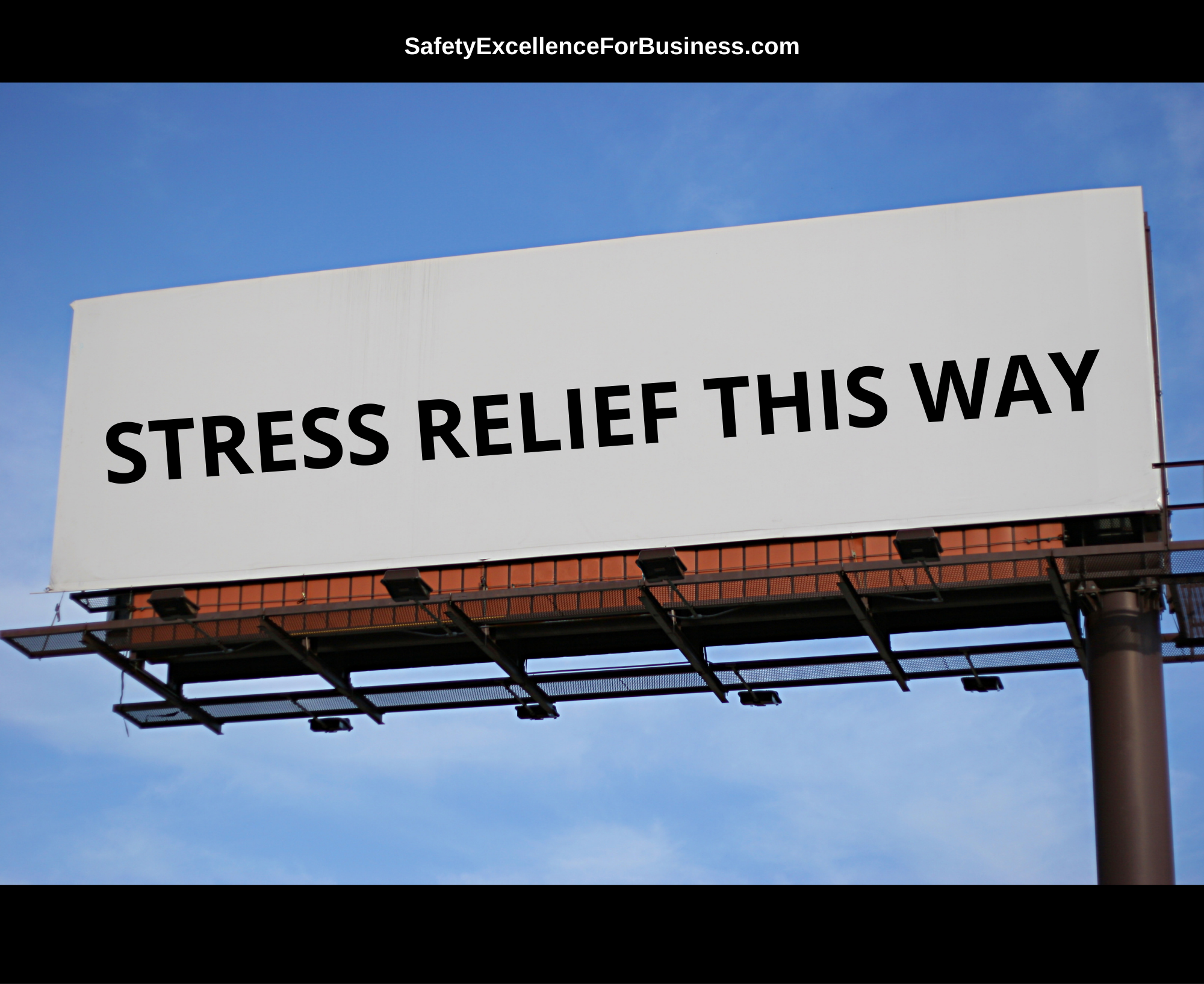
When we are at work, we need to be cognizant of everyone that is feeling stress and preoccupied. Things we say or do may be taken in the wrong way. People may have short tempers. Some will be hurrying and careless. We each need to avoid contributing more stress to the situations.
All this stress and preoccupation makes us vulnerable to our own mistakes and errors. I tend to make poorer judgements when I am stressed like another driver and I did recently – we had a fender bender. Fortunately, there were no injuries other than egos being beat up. Preoccupation like this at work can lead to injuries and incidents as well. Perhaps the biggest threat we face is our own impatience and anxiousness.
For me, I need to slow down a little and ask myself what I am doing to be able to do the next task correctly. Do I need to take a deep breath to clear my mind before I do the next thing? Am I centered before starting the next conversation? Am I paying enough attention to what is going on around me so I do not cause problems and get someone hurt? Am I trying to select the correct words for the next conversation so I do not cause unnecessary troubles? Is one of my friends or coworkers feeling stress and do they need some extra kindness from me?
The number of road rage incidents is going up as well as the severity of the violence in these incidents. I need to be more aware of my own behavior. Small things I do may cause someone else to get angry. I need to keep my phone put away. I do not want to be caught up in one of these road rage incidents, so I need to be sure that my speed is appropriate, and I am not driving aggressively. I need to be sure to leave plenty of space between me and other cars and not to crowd people as I give way to my stress and start hurrying.
These are tough times for all of us. Stress levels impact all areas of our lives. We need to be kind to ourselves and others to help relieve the stresses a little.
Signs of Hope
Many of you reading my posts know how highly I value using really good processes for participation in our workplaces, sharing of information, building trust, and helping people to find meaning in their work. (Having meaning in one’s work helps to lessen work stress!) Over the last 50 years of my work in the field of Leadership, I have gradually seen progress in this participative and meaningful way of working. While there are plenty of bad examples of leadership, I am seeing improvements taking place. More people are talking about working this way. Some recent articles in Professional Safety, the journal of the American Society for Safety Professionals, have begun to talk about this. Other business journals are also talking more and more about this.
There is a growing awareness that our traditional top-down management approach is not up to the rapidly changing and more complex world. I have even seen some recent papers indicating that some of the professionals in government are more aware of the need to recognize and use ideas like Ross Ashby’s Requisite Variety, Complexity and Reflexivity so we can lead, learn, and think more clearly and effectively about how work is being done. It is heartening to me to see this participative progress!
I urge all of you to work on expanding your own leadership thinking so that you can also be more effective in your own work, and as you lead others. It has been extremely important for me in my own journey over the last few generations. I urge you (also) to learn about and practice situational awareness – for your safety and for others. If you have questions, please contact me at 716-622-6467 or send me an email.
Remember, it takes Leadership to improve Safety.
It takes being “aware” to notice what’s happening in your surroundings.
It takes de-stressing measures to bring calm to the moment.
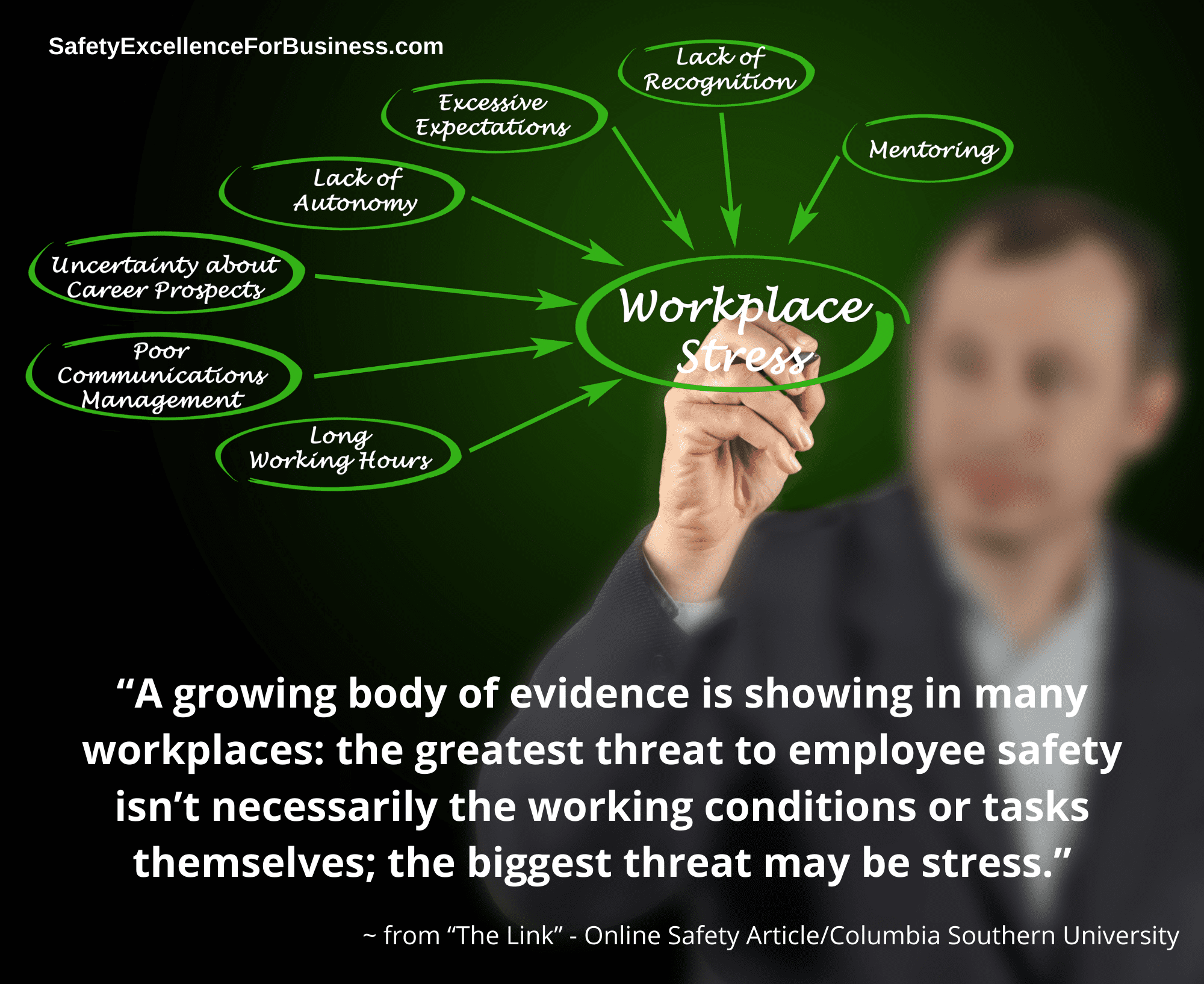

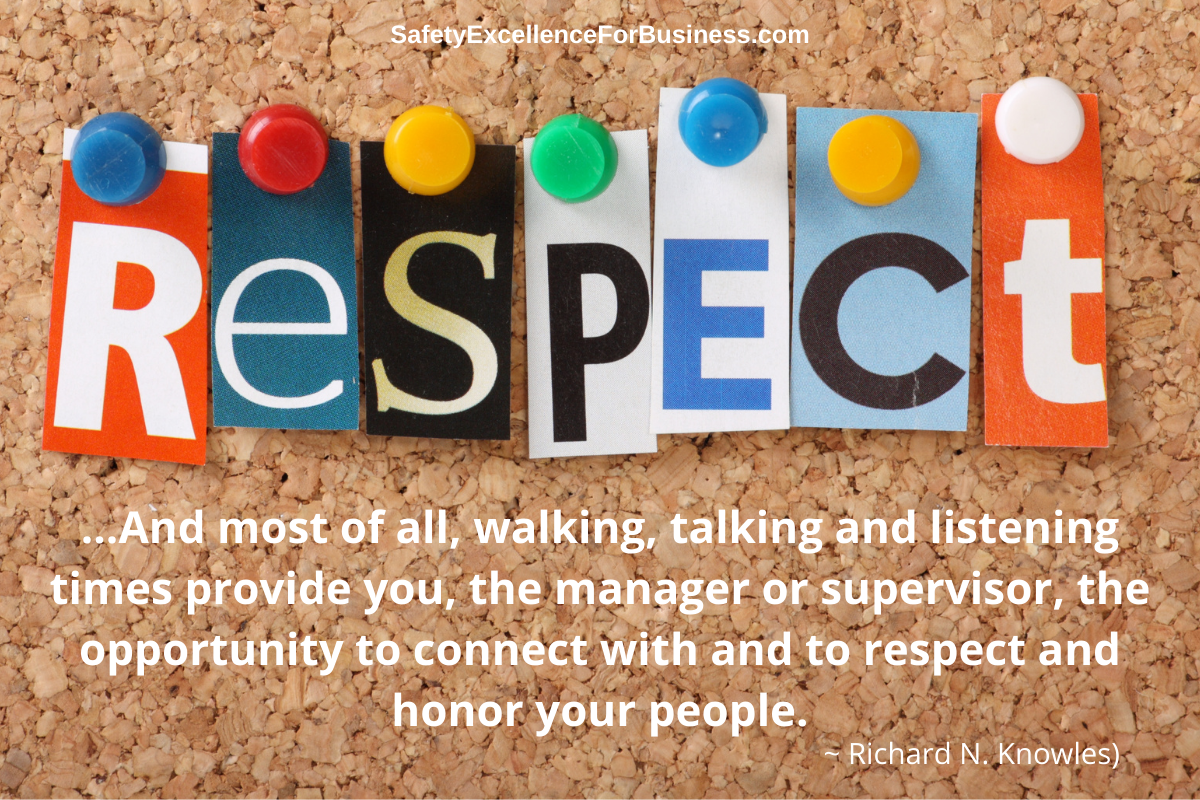
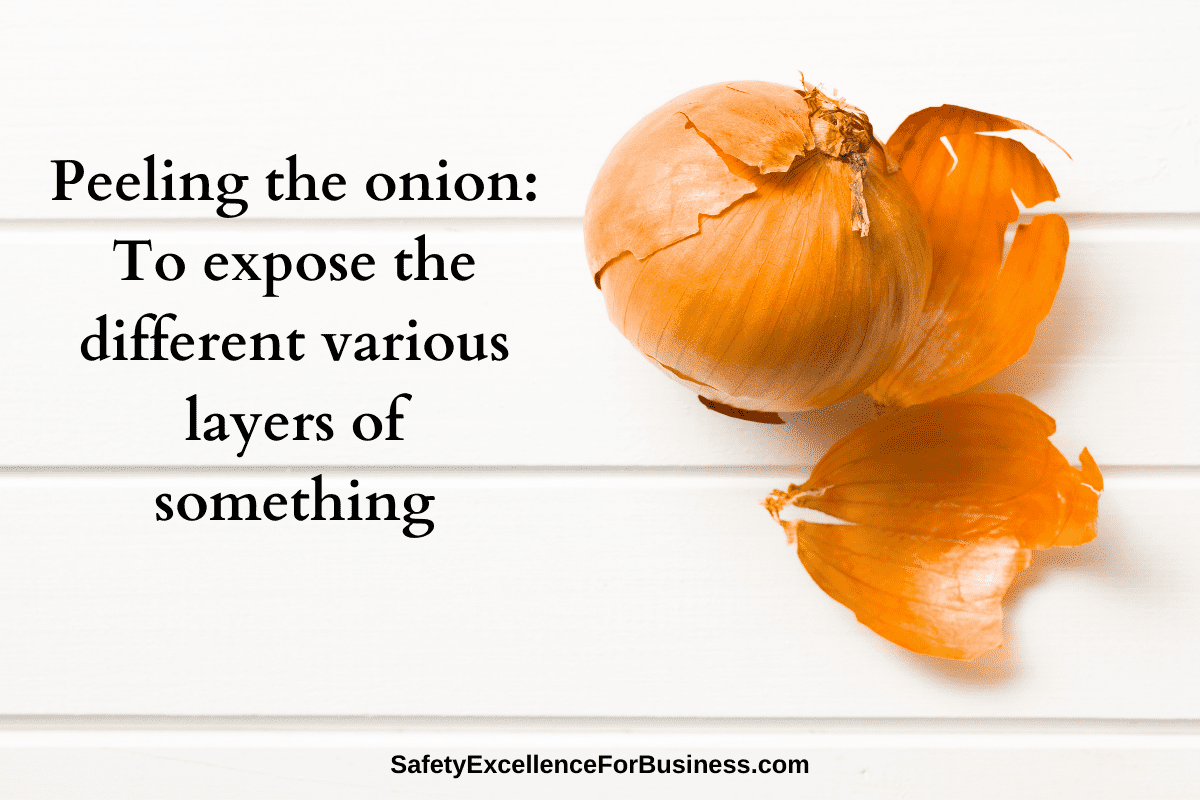
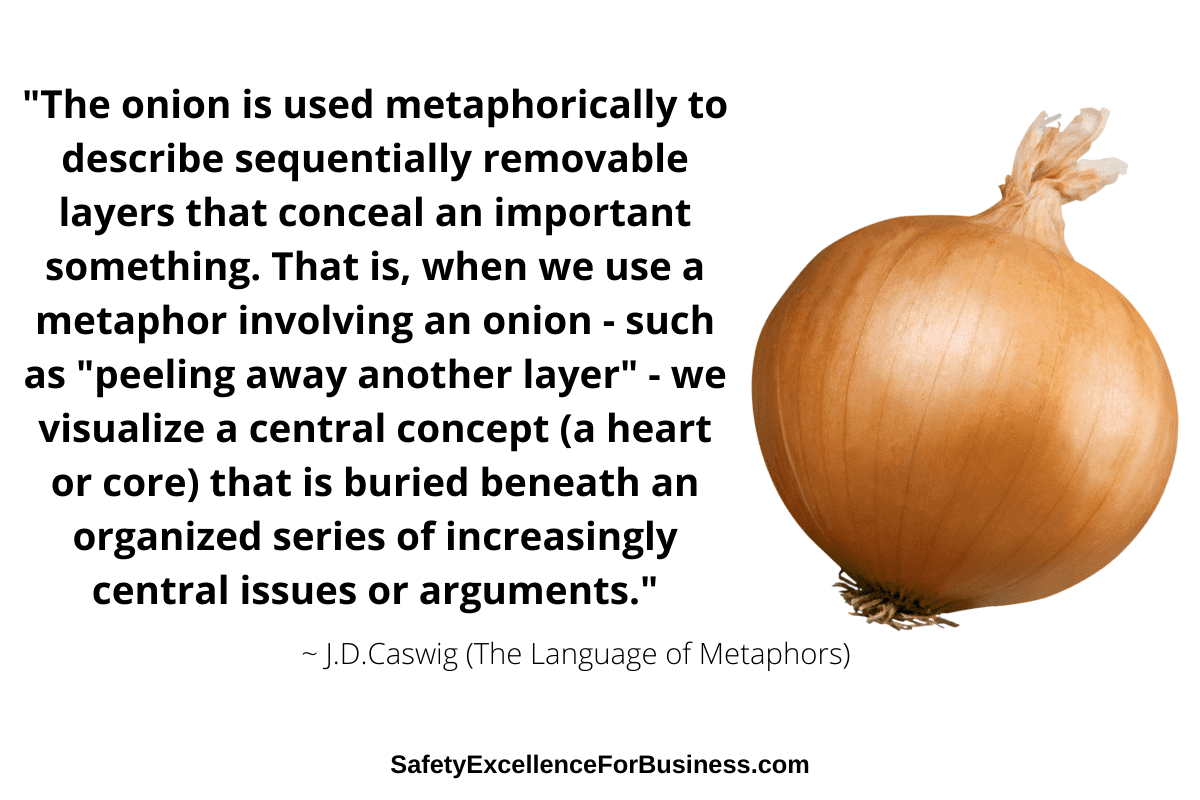

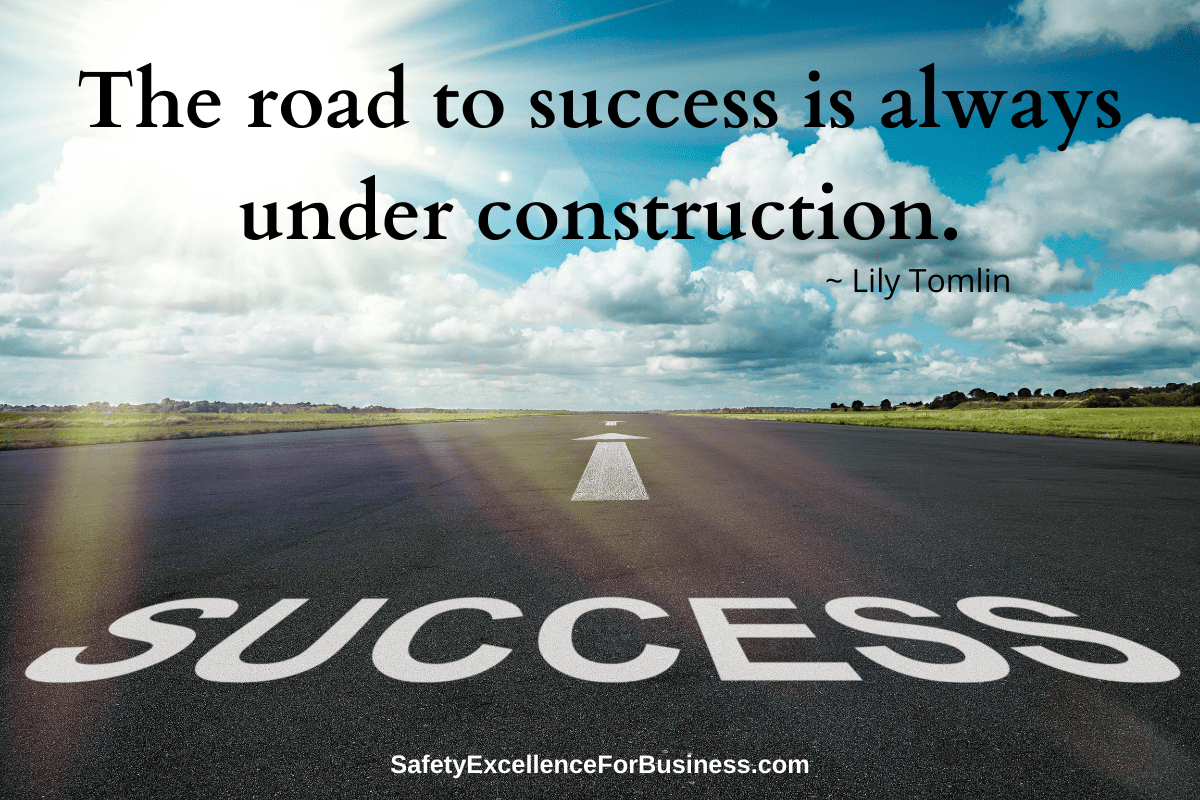 The goal is to get through all this safely, keep your people and business thriving and active, building stronger relationships for partnering and working together. This is a tough challenge, but who knows your workplace and the people better than you. You can work things out together.
The goal is to get through all this safely, keep your people and business thriving and active, building stronger relationships for partnering and working together. This is a tough challenge, but who knows your workplace and the people better than you. You can work things out together.
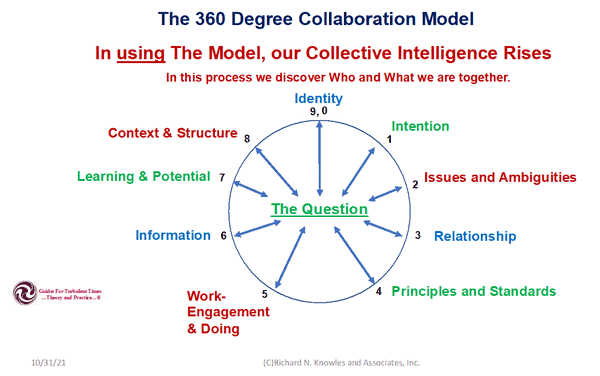
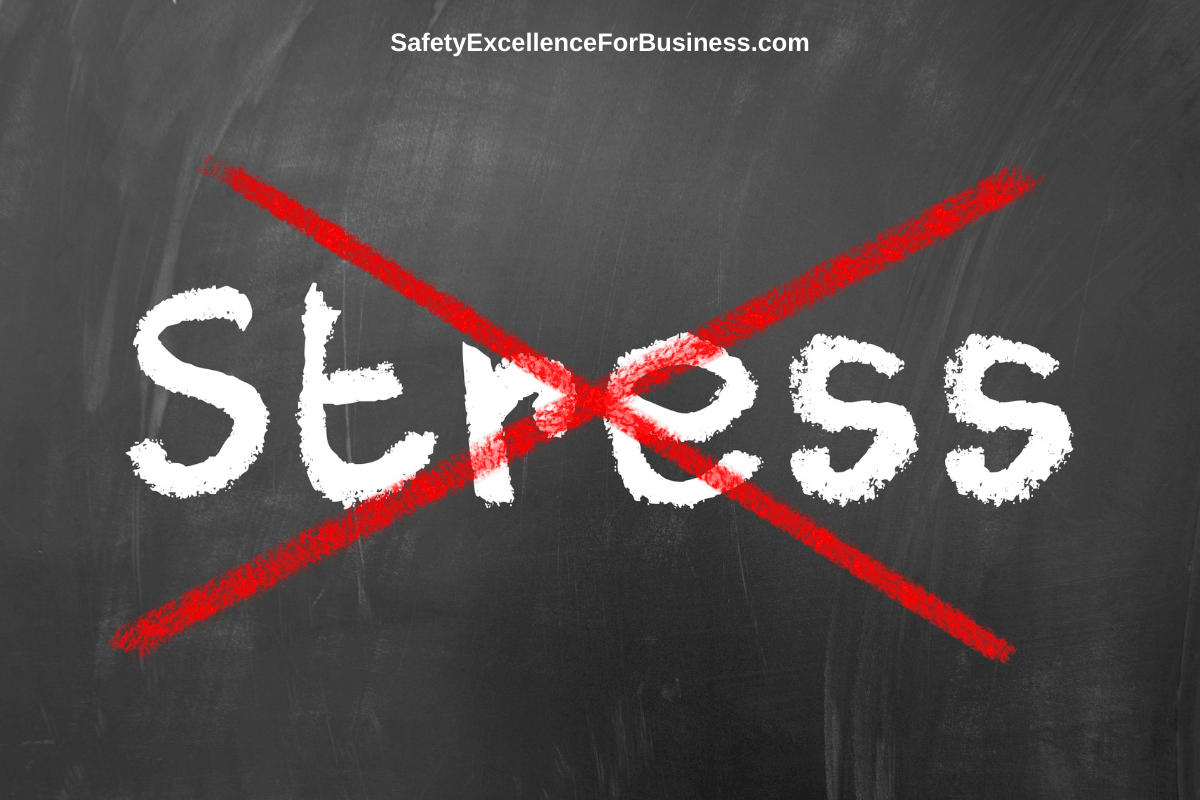

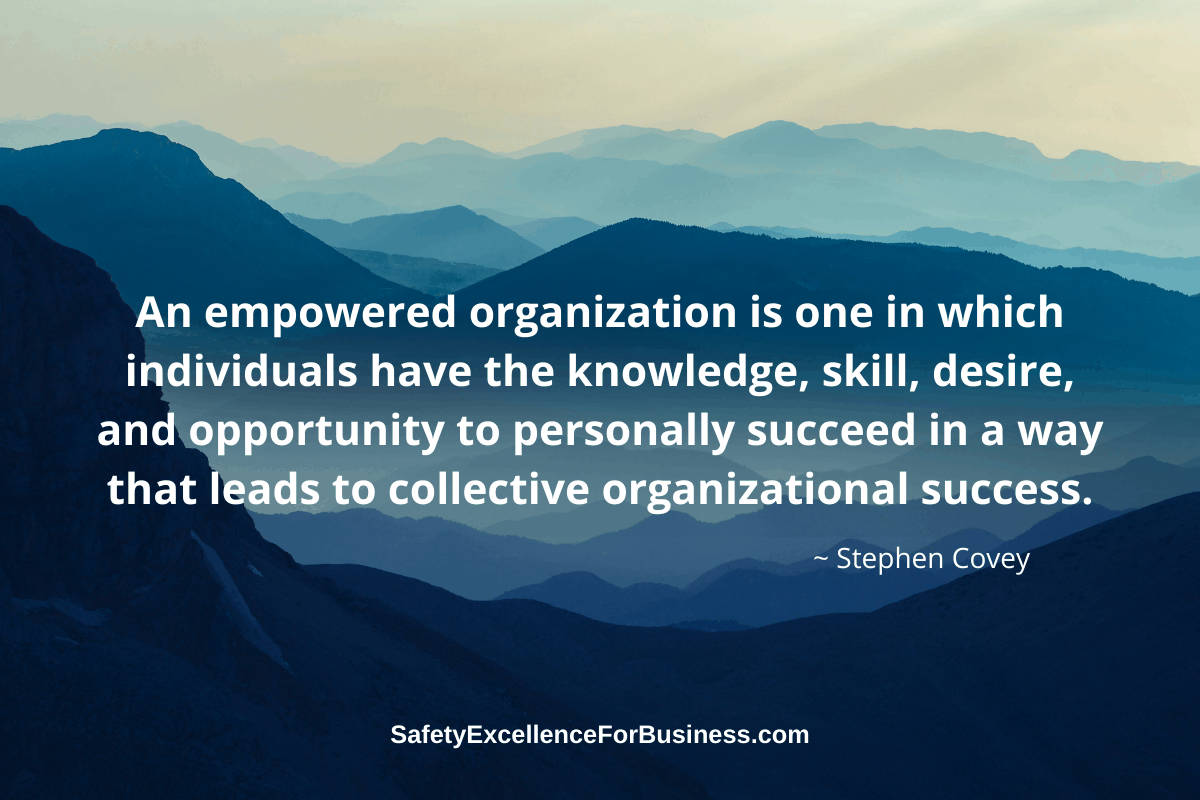
 Our knowledge, experience and education enable us to understand what is going on around us and helps us to determine if it is safe…if we are “clued in.” This is not a complicated idea, yet we see so many people who seem to be totally oblivious about what is going on around them.
Our knowledge, experience and education enable us to understand what is going on around us and helps us to determine if it is safe…if we are “clued in.” This is not a complicated idea, yet we see so many people who seem to be totally oblivious about what is going on around them.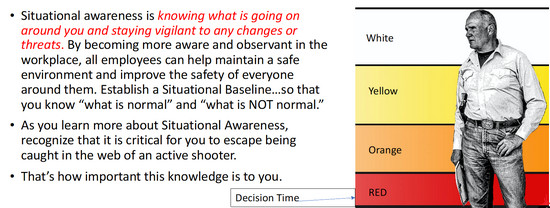
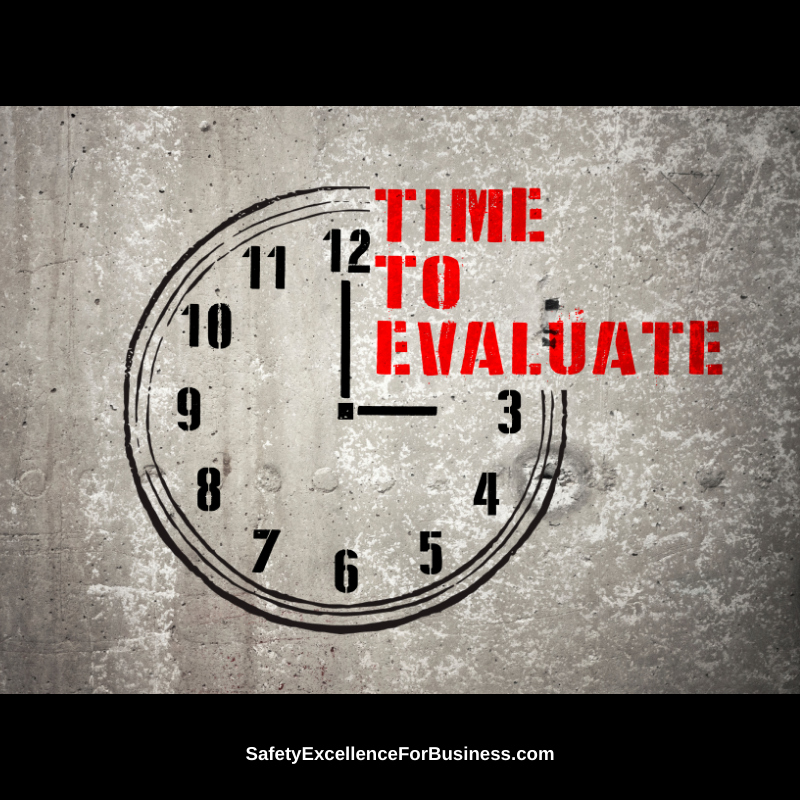
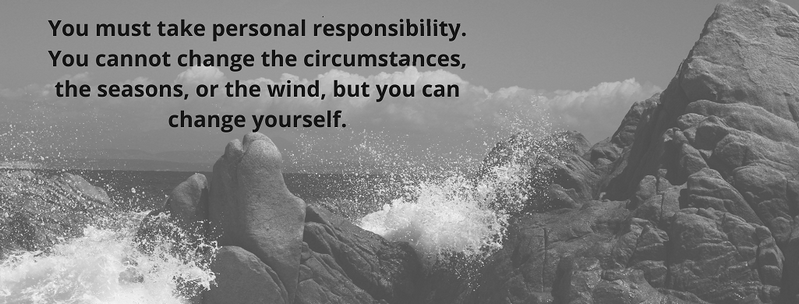
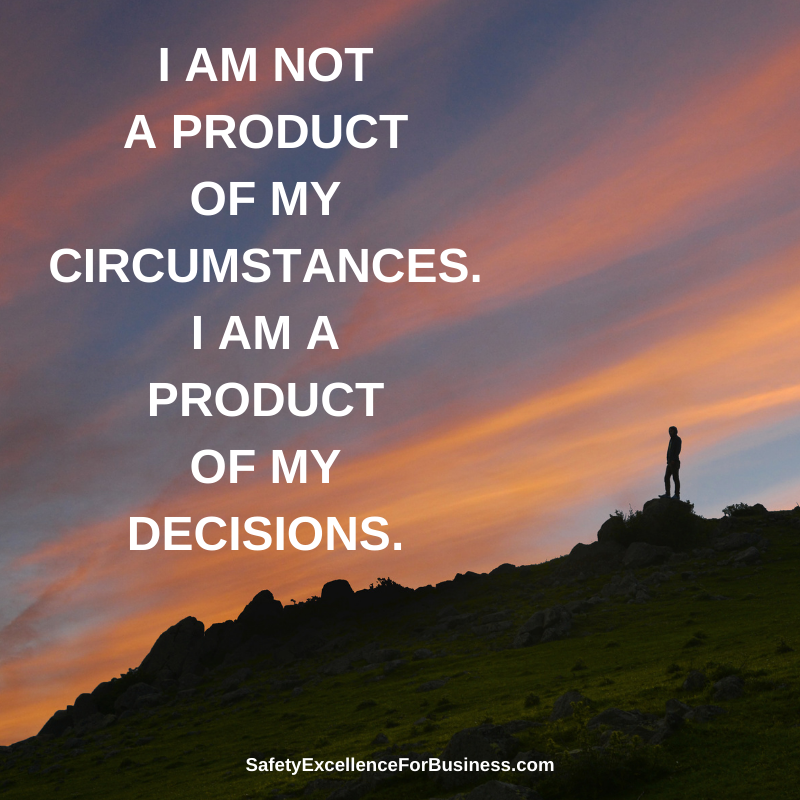 We each need to take the personal responsibility to try to avoid spreading the virus. With all the pressures, this is not easy. It is best if we each take personal responsibility to social distance and try to avoid spreading the virus. Government edicts really do not cover the details of what we each need to do very well. It is really up to us.
We each need to take the personal responsibility to try to avoid spreading the virus. With all the pressures, this is not easy. It is best if we each take personal responsibility to social distance and try to avoid spreading the virus. Government edicts really do not cover the details of what we each need to do very well. It is really up to us. In this story, a wicked witch puts the princess and the whole kingdom to sleep for 100 years. They all have to wait for the arrival of the prince to kiss the princess and awaken everyone. As children, we all knew this story, but in this new book, Stephen Capizzano shifts the story to thinking about what happens in our organizations.
In this story, a wicked witch puts the princess and the whole kingdom to sleep for 100 years. They all have to wait for the arrival of the prince to kiss the princess and awaken everyone. As children, we all knew this story, but in this new book, Stephen Capizzano shifts the story to thinking about what happens in our organizations.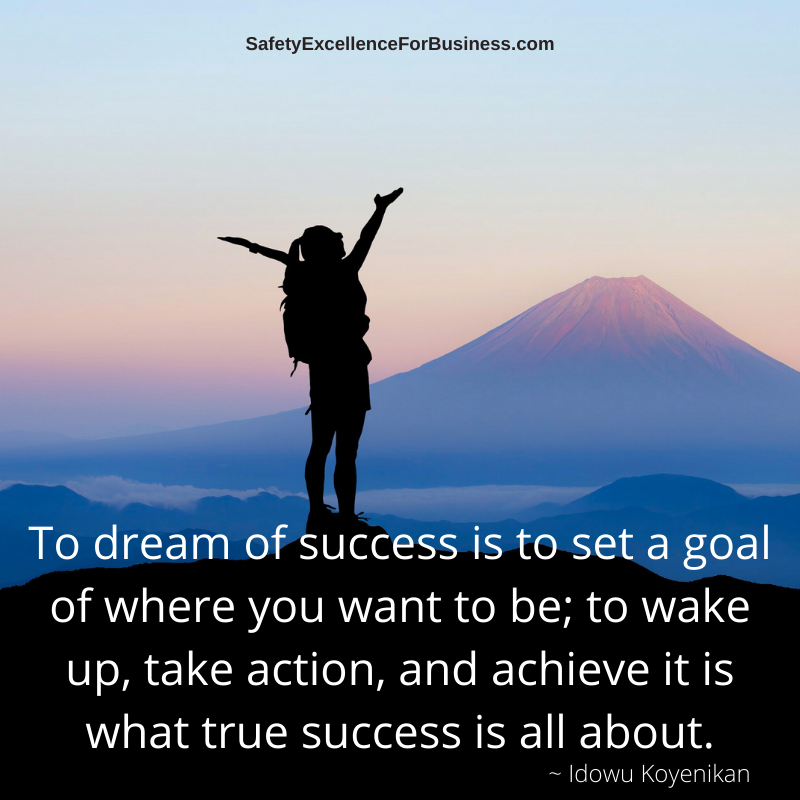 When we were able to shed our old habits at our Plant in West Virginia, injury rates dropped by 97%, emissions to air, ground and water as reported to the EPA dropped 95%, productivity rose by 45% and earnings rose by 300%. As I walked the plant for 5 hours each day we were reminding ourselves to shed the old habits and create a much brighter future.
When we were able to shed our old habits at our Plant in West Virginia, injury rates dropped by 97%, emissions to air, ground and water as reported to the EPA dropped 95%, productivity rose by 45% and earnings rose by 300%. As I walked the plant for 5 hours each day we were reminding ourselves to shed the old habits and create a much brighter future.




